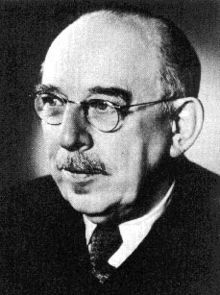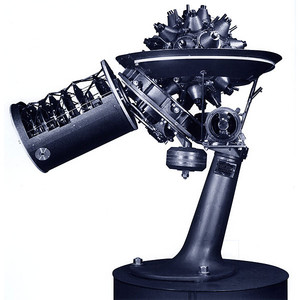Walther Bauersfeld
 |
 |
 |
 |
 |
 |
 |
 |
Many credit Buckminster Fuller for the first geodesic structure, something that is clearly inaccurate.

Walther Bauersfeld
Walther Bauersfeld (23 January 1879 in Berlin – 28 October 1959 in Heidenheim an der Brenz) was a German engineer, employed by the Zeiss Corporation, who, on a suggestion by the German astronomer Max Wolf, started work on the first projection planetarium in 1912. This work was stopped by military needs during World War I, but resumed after the war.
Bauersfeld completed the first planetarium, known as the Zeiss I model in 1923, and it was initially placed on the roof of a Zeiss building in the corporate headquarters town of Jena.[1] This model projected 4,900 stars, and was limited to showing the sky only from Jena’s latitude. Subsequently, Bauersfeld developed the Model 2 with 8,956 stars, and full latitude capability.
Over a dozen were installed before World War II again suspended planetarium work. These inter-war planetariums were built in Berlin and Düsseldorf in Germany, as well as Rome, Paris, Chicago, Los Angeles and New York. The Zeiss I planetarium in Jena is also considered the first geodesic dome derived from the icosahedron, more than 20 years before Buckminster Fuller reinvented and popularized this design.
He was awarded the Franklin Institute’s Elliott Cresson Medal in 1933.
Post-war, the Zeiss firm, like Germany, divided in two. Bauersfeld remained with the core firm in Jena, East Germany, where after 1953 he developed the ZKP-1 (Zeisskleinplanetarium=Zeiss Small Planetarium #1). This was intended for small dome planetariums, and while it had latitude change capabilities, the operator had to turn a hand crank to accomplish this. The ZKP-2 added a motor for latitude change. Bauersfeld retired shortly after the ZKP-2 was introduced.
A monthly newsletter named in Walther Bauersfeld’s honor, “Bauersfeld’s Folly”, was circulated to mostly North American planetariums 1973 to 1983. Asteroid 1553 Bauersfelda was named in his honor.

“Der Himmel auf Erden” or “Heaven on Earth” projector, 1925
Portions of this text is available under the Creative Commons Attribution-ShareAlike License; additional terms may apply.


